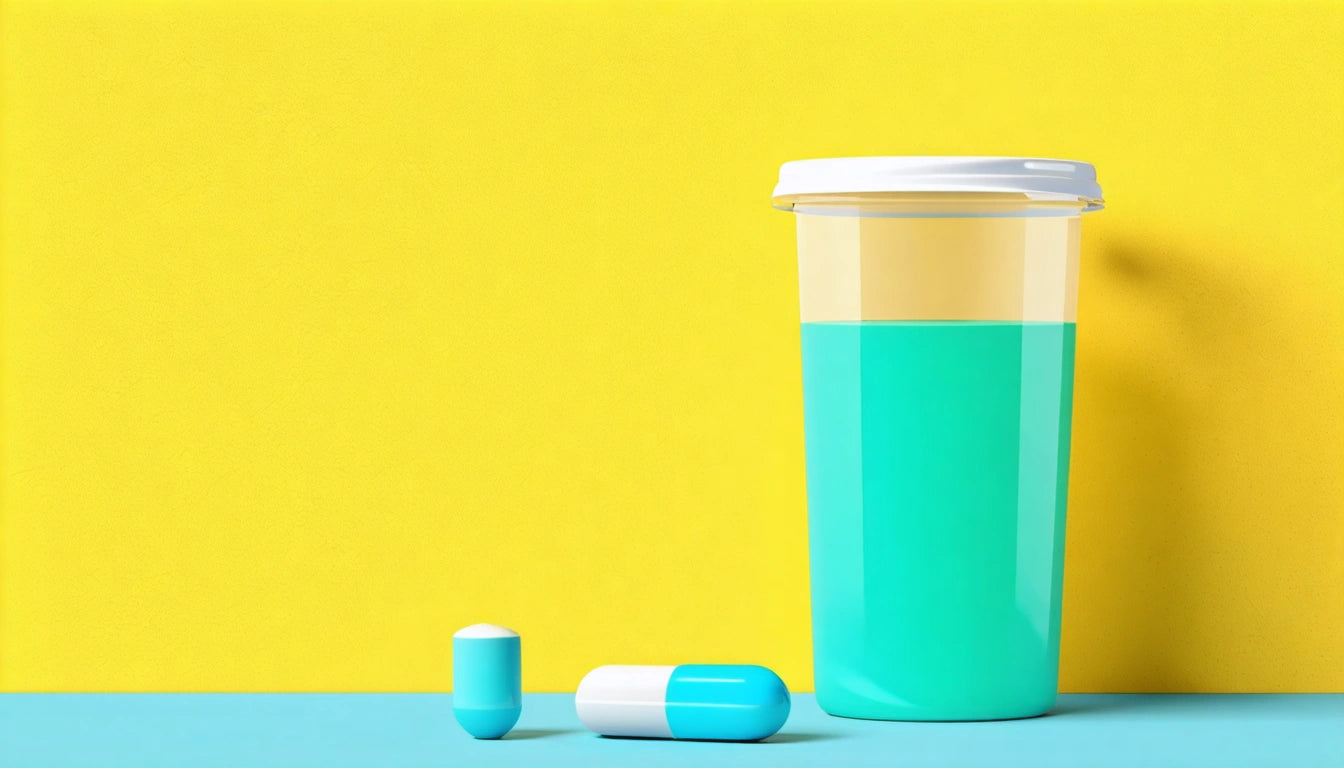Table of Contents
Evaluating the Accuracy and Reliability of Urine Drug Tests
Urine drug tests remain one of the most common screening methods used by employers, healthcare providers, and legal entities. Understanding how accurate and reliable these tests are is crucial for both those administering and undergoing testing. This comprehensive guide examines the factors that influence test accuracy, common misconceptions, and what you can expect from different testing methodologies.
Accuracy and Reliability Factors in Urine Drug Testing
The reliability of a urine drug test depends on multiple variables, including the testing methodology, collection procedures, and the specific substances being screened. According to industry standards, most urine drug tests have accuracy rates between 97-99% when proper protocols are followed.
Several factors can influence how reliable urine drug testing results are:
- Quality of the testing equipment and reagents
- Proper sample collection and chain of custody procedures
- Laboratory certification and quality control measures
- Cutoff concentrations for various substances
- Time elapsed since substance use
As outlined in this comprehensive guide on urine drug test processes, even minor deviations in collection or testing protocols can significantly impact results.
Detection Windows for Common Substances
How accurate a urine drug screen is partially depends on when the test is administered relative to substance use. Different substances remain detectable for varying lengths of time:
Short Detection Window (1-3 days)
- Alcohol
- Amphetamines
- MDMA (Ecstasy)
Medium Detection Window (3-7 days)
- Cocaine
- Benzodiazepines (some varieties)
- Opiates (such as codeine, morphine)
Extended Detection Window (7-30+ days)
- Marijuana (for regular users)
- PCP
- Extended-release benzodiazepines
For a more detailed breakdown of detection timeframes, this resource on detection duration provides substance-specific information that can help set realistic expectations about test reliability across different timeframes.
Understanding False Positives and False Negatives
No test is perfect, and urine drug screens can produce both false positives (indicating substance use when none occurred) and false negatives (failing to detect substances that are present).
Common Causes of False Positives
- Over-the-counter medications containing pseudoephedrine
- Prescription medications (including some antibiotics and antidepressants)
- Certain foods (poppy seeds can trigger opiate positives)
- Nutritional supplements
- Cross-reactivity with similar chemical compounds
When considering how accurate is a urine drug test, it's important to note that initial immunoassay screenings are more prone to false positives than confirmatory tests. This is why understanding what a urine drug screen tests for is crucial for interpreting results correctly.
Factors Contributing to False Negatives
- Sample dilution (intentional or unintentional)
- Testing outside the detection window
- Improper sample storage
- Adulteration attempts
- Cutoff thresholds set too high
The accuracy of results can also be affected by sample quantity. Understanding how much urine is needed for reliable testing helps ensure sufficient sample collection.
Testing Methodologies and Their Accuracy Rates
Different testing methodologies offer varying levels of accuracy and reliability:
Immunoassay Tests
These initial screening tests are fast and relatively inexpensive but have higher rates of false positives.
- Accuracy: 90-95%
- Advantages: Quick results, cost-effective for large-scale screening
- Limitations: Less specific, more prone to cross-reactivity
Gas Chromatography/Mass Spectrometry (GC/MS)
Considered the gold standard for confirmatory testing.
- Accuracy: 97-99%
- Advantages: Highly specific, can identify exact substances
- Limitations: More expensive, longer turnaround time
Liquid Chromatography/Mass Spectrometry (LC/MS)
A newer technology that offers comparable accuracy to GC/MS with some advantages.
- Accuracy: 97-99%
- Advantages: Can detect a wider range of substances, including those that don't perform well in GC/MS
- Limitations: Equipment is expensive, requires specialized training
When evaluating how reliable is a urine drug test, the testing methodology is perhaps the single most important factor. As discussed in this explanation of how urine tests work, confirmatory testing significantly improves accuracy over screening tests alone.
In our work with clients in various industries, we've found that those who invest in quality testing protocols and materials consistently report higher confidence in their results and fewer disputed outcomes.
Improving Test Reliability in Clinical and Workplace Settings
To maximize the accuracy and reliability of urine drug testing, consider these best practices:
- Use certified laboratories that follow strict quality control procedures
- Implement proper chain-of-custody documentation
- Conduct confirmatory testing for all positive screening results
- Train collection staff on proper procedures
- Establish clear policies regarding medications that might cause false positives
- Consider the detection window when interpreting results
- Use appropriate cutoff levels based on testing goals
How reliable is urine drug testing in real-world applications? When these best practices are followed, urine tests provide a reasonable balance of accuracy, cost-effectiveness, and ease of administration. However, no test is infallible, and results should always be interpreted within their proper context.
For organizations implementing drug testing programs, understanding these limitations and communicating them transparently helps maintain trust while achieving compliance objectives. As testing technologies continue to evolve, we can expect improvements in both accuracy and reliability, further cementing urine testing's role as a valuable screening tool across multiple sectors.











Leave a comment
All comments are moderated before being published.
This site is protected by hCaptcha and the hCaptcha Privacy Policy and Terms of Service apply.